Lace Lessons
We know that Chantilly lace (or any handmade lace) makes a product considerably more costly to produce and sell, and we figure it must be a labor-intensive process to create it, but we wanted to learn the nitty gritty details of the process.
After doing a bit of research (and coming across too many listings about the Big Bopper hit of the same name), we found some interesting details. For instance, 80% of the lace used for fine lingerie is likely made in the French town of Calais or Caudry. In Calais, there are about 700 looms employing 3,000 workers. The two town's lace factories export about 3/4 of their output to 140 countries (Source: www.theotherside.co.uk).
 courtesy of www.thelacemuseum.org
courtesy of www.thelacemuseum.orgRather than just re-post what's already been written, we suggest that you check out the following sites for some incredible information about the history of lace, and the art of making lace by hand:
http://www.slowtrav.com/france/notes/mellen_lace.htm
http://www.theotherside.co.uk/tm-heritage/background/lace.htm#louis14
http://www.slowtrav.com/france/notes/mellen_lace.htm
http://www.theotherside.co.uk/tm-heritage/background/lace.htm#louis14
Because handmade lace is produced with infinite care and a great amount of time, it will always be expensive. Brands such as Carine Gilson create exclusive lace patterns for their products, which makes the lingerie that much more valuable. There are many different grades of these laces that vary in value according to the fineness of their structure. This variance provides a variety of price ranges to chose from when buying a product with lace detailing, and therefore explains why one lace-trim bra can cost $300 and another can be $90.  example of Carine Gilson's lace; all of which is handmade and hand-stitched
example of Carine Gilson's lace; all of which is handmade and hand-stitched
 example of Carine Gilson's lace; all of which is handmade and hand-stitched
example of Carine Gilson's lace; all of which is handmade and hand-stitched

















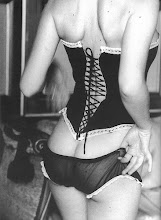











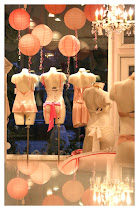

























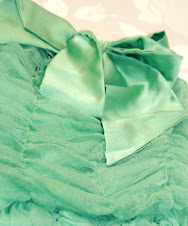

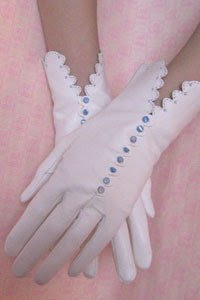
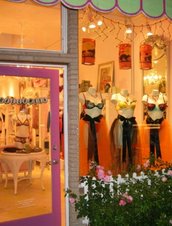


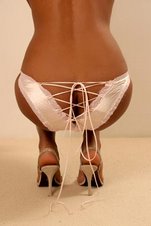
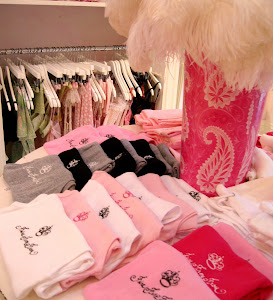











0 fabulous comments:
Post a Comment